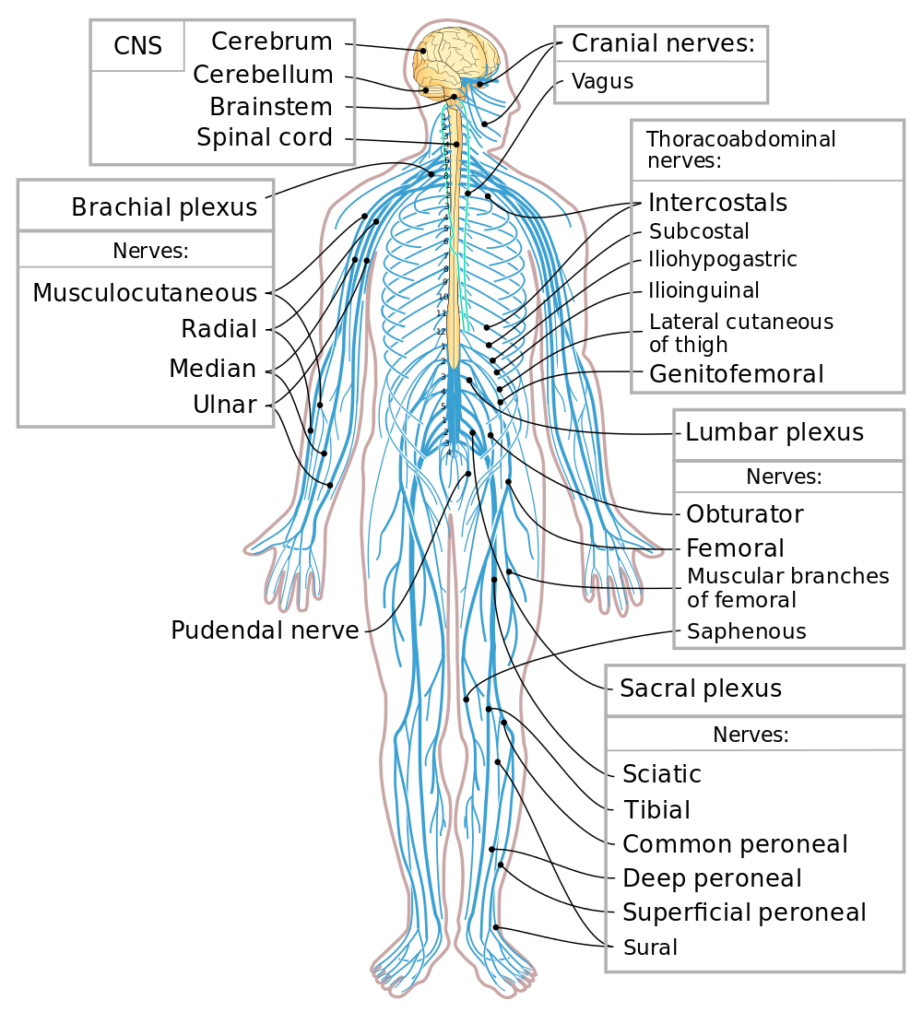For the last several months my preferred escapist reading has been variations on Jane Austen’s Pride and Prejudice. What’s the appeal?
Well, for one thing, I enjoy seeing the varied ways a writer can use Pride and Prejudice as a starting point for so many related but different stories!
- One of the Bennet daughters is an heiress.
- Mr. Bennet dies and the women must make their way by working, sometimes for their Uncle Gardiner, sometimes as companions.
- Lydia marries someone other than George Wickham.
- Jane marries someone other than Charles Bingley.
- Elizabeth is a widow, often with a child.
- Mary Bennet marries Collins, and Charlotte Lucas marries someone else entirely.
- Elizabeth and Darcy become trapped alone together in a flood and must marry because of the “compromise.”
- Elizabeth and Darcy first meet in their teens and reunite years later.
- Minor characters shift personalities, behaviors, and support.
- Jane Austen characters from other novels make an appearance.
- Longbourn is not entailed.
- Mrs. Bennet dies; Mr. Bennet remarries and has an heir.
- Elizabeth is kidnapped.
- Darcy saves Elizabeth’s life and vice versa.
- The events of the story are mere background in the lives of the Bennets’ servants, who are dealing with their own problems.
And what makes these stories most comforting is that, whatever happens to other characters or the plot, Darcy and Elizabeth always end up together.
One of Austen’s first imitators was Sybil G. Brinton, whose novel Old Friends and New Fancies (1913) features characters from nearly all of Austen’s novels.
The Kindle Store offers literally hundreds of these stories, to buy or borrow. They come up when a user searches the store for Pride and Prejudice variations. These novels are a version of fan fiction (also known as fanfiction, fan fic, fanfic, fic, or FF).

Fan Fiction

Fan fiction is fiction created by fans—(duh!)—typically in an amateur capacity, that is based on an existing work of fiction, using their characters, settings or other intellectual properties but not authorized by the original creator(s).
Sometimes fan fiction is based on real life celebrities or politicians.
Fan fiction can range from poems and short stories to novel-length works and can be based on various media, including books, movies, TV shows, comics, video games, music videos, board games, and more.
Fan fiction allows fans to explore their favorite characters, settings, and storylines in new ways, often continuing canon narratives, exploring alternate universes, or creating original stories within the established framework.
Examples

- Stories based on popular TV shows like “Supernatural” or “Only Murders in the Building”.
- Stories based on books like “Harry Potter” or “Twilight”.
- Stories based on movies like “Star Wars” or “Avengers”.
- Stories inspired by other forms of media (such as the language learning app Duolingo).
- Poetry and song lyrics reflecting characters or elements of a story
Fan fiction websites, such as Archive of Our Own, Fanfiction.net, and Wattpad, attract millions of daily page views, and many social media users share or discuss fan fiction on Tumblr, Discord, Instagram, and TikTok .
While fan fiction often uses copyrighted material, it is generally considered fair use because it is a transformative work, and the original creators are unlikely to take legal action. One must be more cautious when writing variations of more modern works. For works out of copyright, such as Pride and Prejudice, this is never a problem.
Jane Austen’s Fandom
Jane Austen fan fiction, or JAFF, is a very popular and thriving genre, with numerous published and unpublished works, and has seen an increase in popularity since the 1995 BBC adaptation of Pride and Prejudice. As I said at the beginning, I greatly enjoy Pride and Prejudice variations.
The Austen fandom boomed after the release of the 1995 BBC Pride and Prejudice miniseries and the 2005 film adaptation.
There are numerous published Austen-inspired novels, with Pride and Prejudice being the most popular source of inspiration, accounting for at least 900 published books. The number of unpublished stories on various JAFF sites at least doubles that number.
Modern adaptations of Austen’s works, including “The Lizzie Bennet Diaries,” have also drawn in new audiences, including those who may not have read the original novels.
My particular escapist reading is rooted in Austen’s Pride and Prejudice, but whatever your taste, there’s surely fan fiction out there for you!

Evolution of Fan Fiction

“Despite its ties to the Internet, fan fiction is nothing new. English-language fan fiction can be traced to the 18th century. Jonathan Swift’s satiric novel Gulliver’s Travels (1726) inspired some of the earliest fan fiction, including a series of poems by Alexander Pope. In one such piece, Pope imagined Gulliver’s wife bemoaning her adventurer husband’s long absence and his uninterest in her upon his return, accusing him of infidelity during his journeys: “Not touch me! never neighbour call’d me slut! Was Flimnap’s dame more sweet in Lilliput?” (britannica.com)
Because it is, by definition, “derivative,” fan fiction often gets less respect than other fiction. However, many successful traditionally published authors have written fan fiction, including Meg Cabot.
Orson Scott Card, though he says he hates fan fiction, has published “fanfic” at some point in his career.

Author Neil Gaiman inspires fan fiction, and he’s also written it. His novel Good Omens (1990), written with Sir Terry Pratchett, has nearly 50,000 entries on Archive of Our Own. Gaiman’s story “A Study in Emerald” (2003) imagines a crossover between the worlds of Conan Doyle and H.P. Lovecraft, creating a
Sherlock Holmes-style mystery with a supernatural twist. In 2004, members of the World Science Fiction Convention named it the year’s best short story.
“Early fan fiction, like its contemporary counterparts, could be bolder and more sexually explicit than its source material. Henry Fielding wrote a sensual fan fiction of Samuel Richardson’s sentimental novel Pamela (1740). Amusingly titled Shamela (1741), it reimagines Richardson’s protagonist without the burdensome virtue of chastity. Similarly, in the 19th and 20th centuries the works of Jane Austen and Arthur Conan Doyle became popular fodder for fan fiction writers, who may have wondered, What happened between the lines of the original stories?” (britannica.com)
Inspiration

Fan fiction shows up in unexpected (by me) places. For example, Biblical fanfic is (could be) a thing. Some in the fan fiction community have gone so far as to call apocryphal writings or Dante’s epic poem The Divine Comedy (c. 1308–21) “biblical fanfic.” Although people generally consider religious literature to be a unique genre, in the Internet age, The Divine Comedy has inspired its own fan fiction, including more than 150 related works on Archive of Our Own. On Fanfiction.net, the Bible has inspired about 4,000 fan pieces.
The huge number of Sherlock Holmes fans inspired the Baker Street Journal (1946), a fan magazine that published a mix of scholarly writing and fan fiction. Ellery Queen’s “My First Meeting with Sherlock Holmes” was one of those. Actually, according to britannica.com, Queen was also a fiction, created by authors Frederic Dannay and Manfred B. Lee. (Dannay and Lee also launched Ellery Queen’s Mystery Magazine in 1941, which still publishes crime fiction.)
Harry Potter has inspired more than twice as many stories as any other fandom. In second place is the anime Naruto.
Among TV series, the BBC’s Sherlock, which has had only four seasons, generated 29,000 works of fanfiction per season. That’s almost 30% more than the runner up, Teen Wolf, which averages a little more than 20,000 stories per season over six seasons.
Big fandoms tend to be older ones (for example Harry Potter, Lord of the Rings, Star Wars, Star Trek, Doctor Who, and Supernatural).

Although books often generate fan fiction, here are 5 famous books generated by fanfiction:
- The Mortal Instruments Series by Cassandra Clare
- Point Pleasant by Jen Archer Wood
- Paradise Lost by John Milton
- Pride and Prejudice and Zombies by Seth Grahame-Smith
- 50 Shades of Grey by EL James
Why Fan Fiction?

Many people write and read fanfic for many reasons.
Fan fiction fosters a sense of community among fans who share an interest in the same media. In addition to exchanging direct contact details, fans can join online communities, Discord servers, subReddits, Tumblr clusters, zine boards, etc. with other fans of similar media. Some fans even set up conventions and local meet-ups.
Some writers use prompts from other fans as writing practice. For example, Sherlock fans will challenge each other to write 221B “drabbles.” They try to tell a story in 221 words, ending with a word that begins with the letter B (in honor of Holmes and Watson’s shared flat at 221B Baker Street). Other prompts include chain stories, collaborations with illustrators, retelling scenes from the point of view of a background character, resetting a story in one’s hometown with local slang, experimenting with first or second person narrative, and just about anything else one might imagine.
Other reasons fans write their own stories:

- As a chance to explore and share interests, such as setting the story in a particular historical setting or having characters exploring niche hobbies
- Providing representation the fan writer feels is missing, whether self-insertion or widening the role of minorities overlooked by the original author
- Correcting perceived plot holes, factual inaccuracies, or underdeveloped characters
- Simply making the story turn out the way the fan writer would have preferred!
Bottom Line: If you ever wish you could change a story’s ending or hate to cut ties with particular characters, the solution could be fan fiction. Ditto if you just want to avoid too much news!































































































